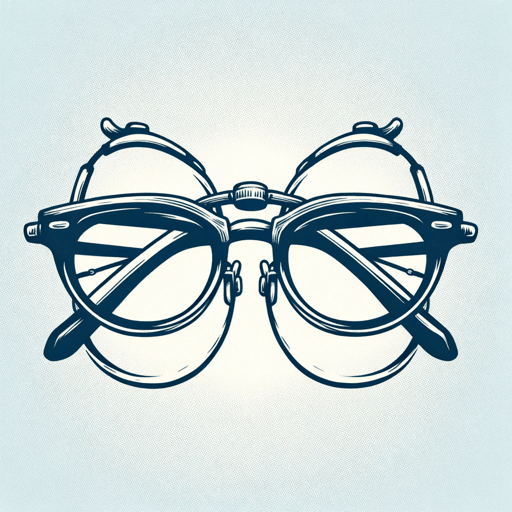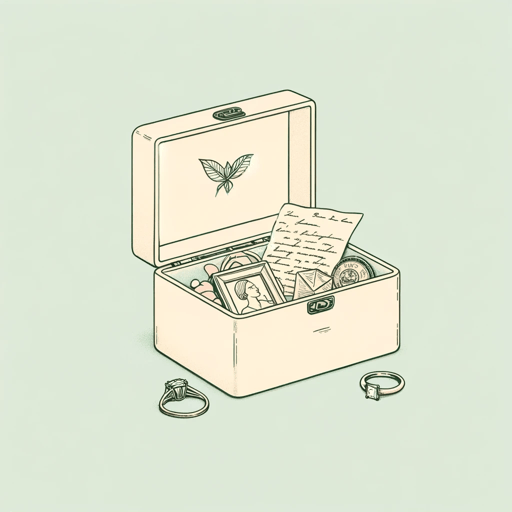47 pages • 1 hour read
Chanel CleetonWhen We Left Cuba
Fiction | Novel | Adult | Published in 2019A modern alternative to SparkNotes and CliffsNotes, SuperSummary offers high-quality Study Guides with detailed chapter summaries and analysis of major themes, characters, and more.
Background
Historical Context: The Cuban Revolution, Bay of Pigs Invasion, and Cuban Missile Crisis
The first Cuban Revolution of 1933 stemmed largely from economic troubles due to the impact of the global Great Depression on the production of sugar, the island’s chief industry and major export. The success of Cuba’s sugar industry had supported a wealthy upper class, but the economic pressures that resulted from the withdrawal of US investments in 1929 led to increasing instability within Cuba’s authoritarian government.
After a military coup in 1933, Fulgencio Batista, leader of Cuba’s armed forces, played an outsized role in Cuban politics, including serving a term as president from 1940 to 1944 and establishing himself as a de facto dictator in 1952, controlling the elections that led to his presidency beginning in 1955. Batista’s governance drew many complaints as he suspended civil liberties and democratic reforms, increased censorship, and supported the wealthy sugar producers and the US-based Mafia’s control of gambling and sex work in Havana. Under the guise of repressing communist activities, Batista’s secret police arrested, tortured, and executed those expressing dissent or socialist ideals.
In 1953, a young lawyer named Fidel Castro led a raid on army barracks at Santiago in an attempt to spur an uprising. Defeated, he fled the country, but in December 1956, Castro returned to Cuba with a small band of armed men including his brother, Raúl, and the revolutionary Che Guevara.


